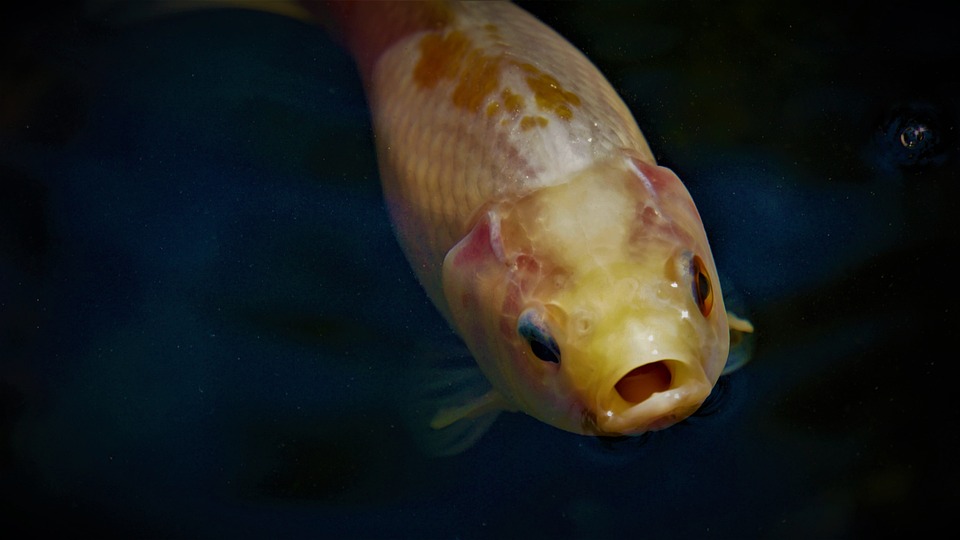Understanding the Fascinating Behavior of Schooling Fish in Fish Tanks
Introduction:
Schooling fish are a popular choice for fish tank enthusiasts due to their captivating behavior and ability to create a visually stunning display. In this article, we will delve into the intriguing world of schooling fish, exploring their behavior, benefits of keeping them in fish tanks, and how to care for them to ensure their optimal well-being. Additionally, we will address some frequently asked questions (FAQs) regarding the care of schooling fish.
I. The Behavior of Schooling Fish
A. Definition of schooling behavior
Schooling behavior refers to the phenomenon where a group of fish swim closely together, typically in a coordinated manner. They move as a unit, appearing to act in unison.
B. Advantages of schooling for fish
Schooling provides several advantages for fish. It offers protection against predators, enhances their foraging efficiency, improves their chances of finding a mate, and allows them to navigate through their environment more effectively.
C. Types of fish that exhibit schooling behavior
Many species of fish exhibit schooling behavior, including tetras, danios, barbs, rasboras, and some species of cichlids. Each species may exhibit slightly different schooling patterns and behaviors.
II. Benefits of Keeping Schooling Fish in Fish Tanks
A. Aesthetic appeal and visual impact
The sight of a well-coordinated school of fish gracefully swimming in a fish tank can be mesmerizing and visually appealing. It adds a dynamic and natural element to the tank, creating a beautiful centerpiece.
B. Sense of security and reduced stress
Schooling fish feel more secure and less stressed when kept in groups. Being in a familiar social structure helps them feel safer, reducing the likelihood of stress-related health issues.
C. Natural socialization and interaction
Keeping schooling fish in a tank allows them to engage in natural social behaviors. They can interact with each other, display courtship behaviors, and establish hierarchies within the group.
III. Caring for Schooling Fish
A. Tank size and setup requirements
Schooling fish require adequate space to roam and swim. It is essential to provide a tank size appropriate for the species you choose, considering their adult size and swimming patterns. A larger tank with plenty of open swimming areas and hiding spots is ideal.
B. Water quality and temperature considerations
Maintaining good water quality and suitable temperature is crucial for the well-being of schooling fish. Regular water changes, proper filtration, and monitoring water parameters such as pH, ammonia, and nitrate levels are essential.
C. Suitable tank mates and compatibility
When choosing tank mates for schooling fish, it is important to consider their compatibility. Some species may be more aggressive or territorial, which can disrupt the schooling behavior. Researching the species’ temperament and social requirements will help ensure a harmonious tank environment.
D. Proper feeding habits and nutrition
Providing a balanced diet is essential for the health of schooling fish. They should be fed a variety of high-quality foods, including flakes, pellets, and frozen or live foods. It is important to avoid overfeeding and monitor their feeding habits to prevent any fish from being excluded from feeding.
IV. Frequently Asked Questions (FAQs)
A. Can I mix different species of schooling fish in the same tank?
Mixing different species of schooling fish is possible, but it is important to research their compatibility and ensure similar requirements in terms of tank size, water parameters, and social behavior. Some species may not school together or may exhibit aggressive behavior towards each other.
B. How many schooling fish should I keep?
The number of schooling fish to keep depends on the species and the size of the tank. It is generally recommended to keep a minimum of six to eight individuals of a particular species to encourage schooling behavior and social interaction.
C. What are some common signs of stress in schooling fish?
Common signs of stress in schooling fish include decreased appetite, lethargy, abnormal swimming behavior, color changes, fin clamping, and increased aggression. It is important to monitor their behavior and address any potential stressors promptly.
D. How can I encourage natural schooling behavior?
To encourage natural schooling behavior, provide suitable tank conditions, including appropriate tank size, hiding spots, and open swimming areas. Mimicking their natural habitat by using plants, rocks, or driftwood can also help create a conducive environment for schooling.
Conclusion:
Understanding the behavior of schooling fish is key to creating a harmonious and thriving fish tank environment. By providing proper care, suitable tank conditions, and promoting their natural behavior, you can enjoy the mesmerizing sight of these beautiful creatures gracefully moving as one. Remember to always research specific species requirements and consult with experts to ensure the well-being of your aquatic companions. Happy fishkeeping!









